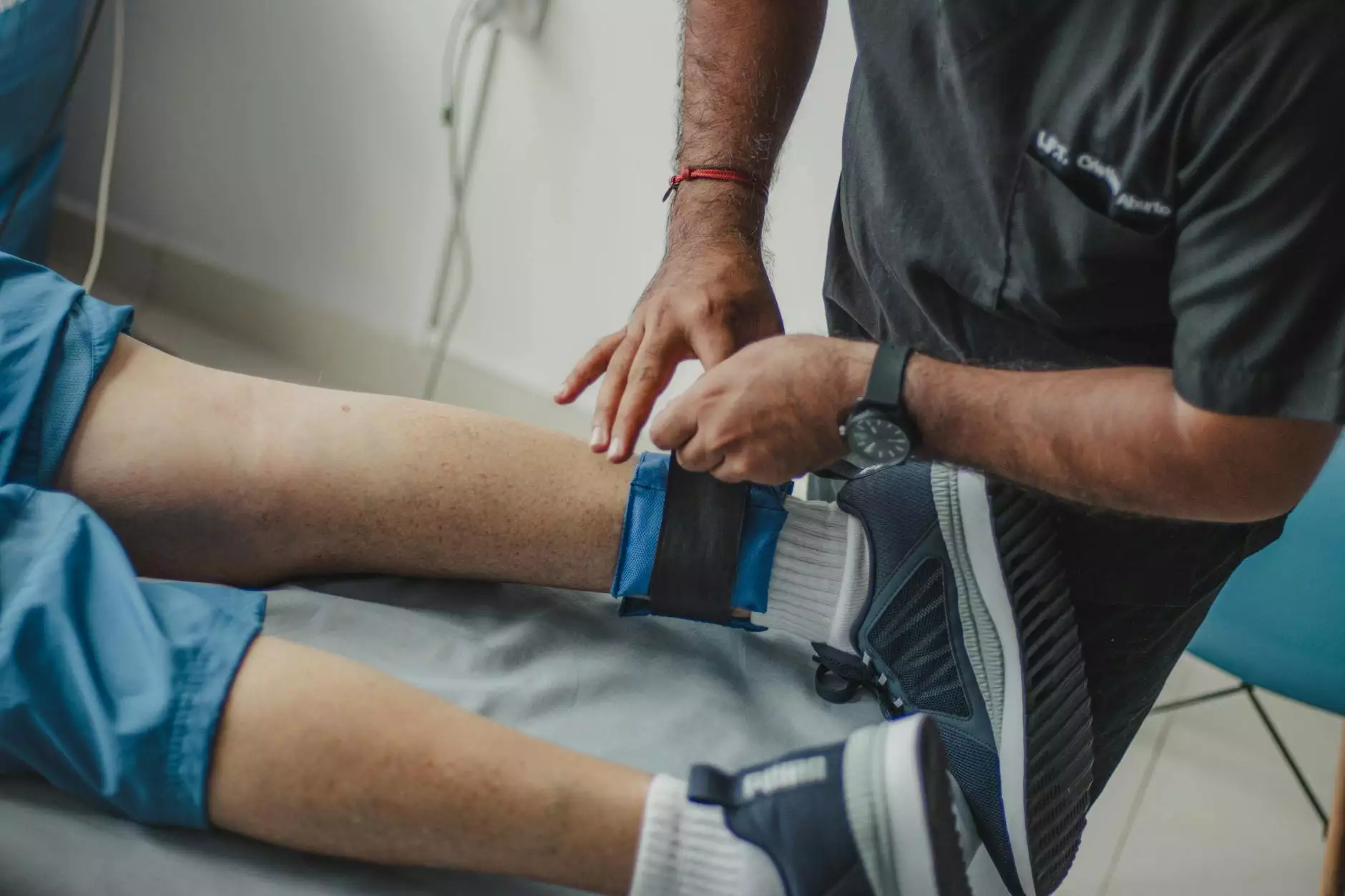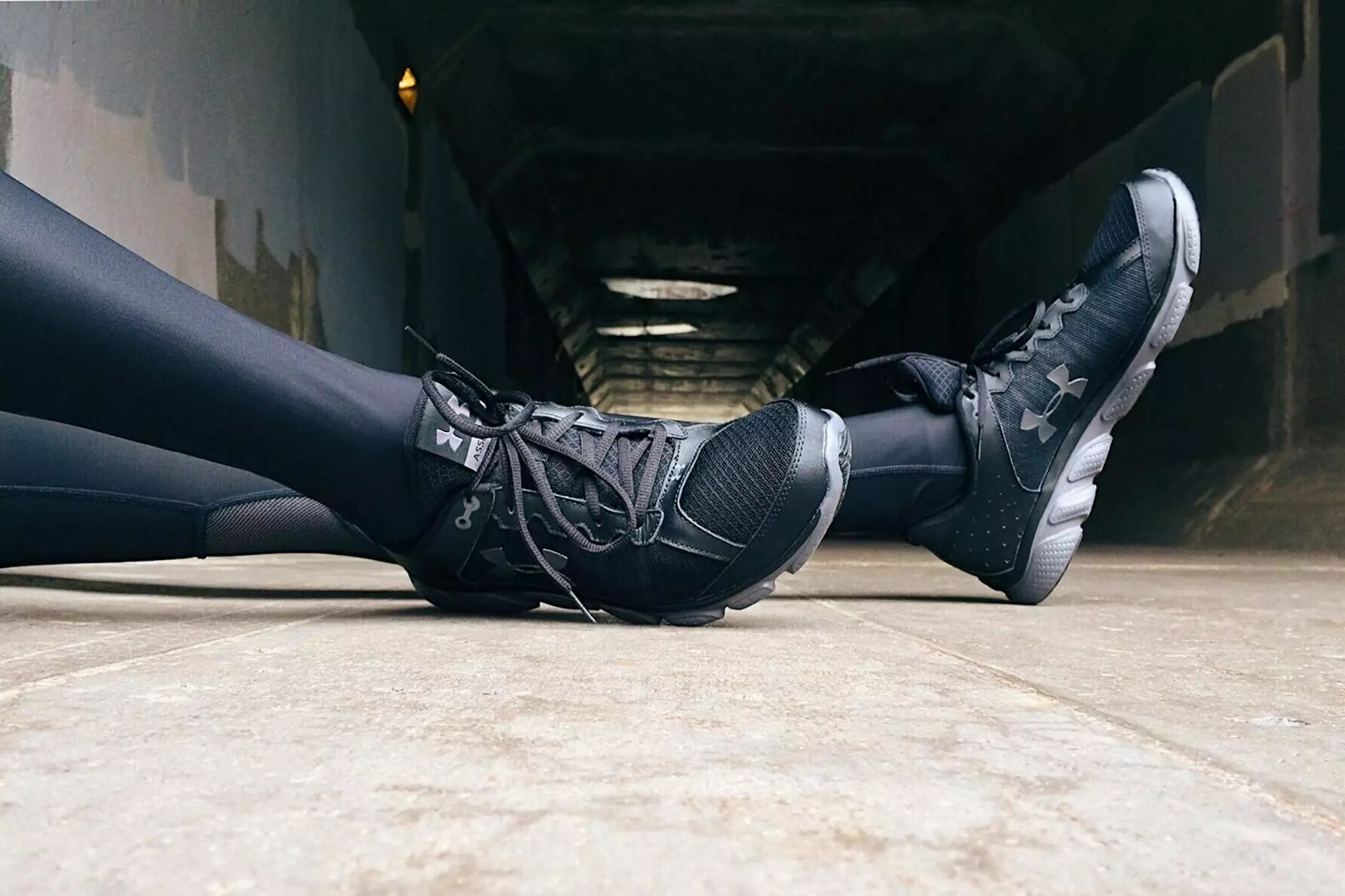Why Does Ankle Still Feel Weak Months After Sprain?

Welcome to Body Fusion, where we provide valuable insights into various injuries and conditions. In this article, we aim to address the common concern of why your ankle still feels weak months after a sprain, and offer useful information to aid in your recovery.
Understanding Ankle Sprains and Recovery
An ankle sprain occurs when the ligaments in your ankle are stretched or torn as a result of sudden twisting or rolling movements. While sprains are common, the recovery process can vary from person to person. In some cases, individuals may experience lingering weakness in their ankle for months after the initial injury.
Recovery time depends on several factors, including the severity of the sprain, adherence to proper treatment protocols, and individual differences in healing abilities. It is crucial to consult with a healthcare professional to assess your specific situation and create a personalized recovery plan.
Factors Contributing to Weakness
There are several reasons why your ankle may still feel weak months after a sprain:
- Inadequate Rehabilitation: It is essential to follow a proper rehabilitation program to ensure complete recovery. Inadequate rest, improper exercises, or rushing back into activities too soon can impede healing and lead to continued weakness.
- Muscle Imbalances: An ankle sprain can disrupt the balance between the muscles surrounding the joint, leading to imbalances and weakness. Strengthening and retraining these muscles are crucial to restore stability and function.
- Lack of Proprioception: Proprioception refers to your body's ability to sense position, motion, and stability. Ankle sprains can negatively impact proprioceptive abilities, making your ankle feel weak and unstable. Engaging in proprioceptive exercises can help retrain this crucial aspect of ankle function.
- Scar Tissue Formation: During the healing process, scar tissue may form around the injured ligaments. While this is a natural part of healing, excessive scar tissue can restrict motion and contribute to ongoing weakness. Gentle stretching and manual therapy techniques can aid in breaking down scar tissue and improving mobility.
- Persistent Inflammation: Inflammation is a normal response to injury, but if it persists for an extended period, it can hinder the healing process and prolong weakness. Managing inflammation through rest, ice, compression, and elevation (R.I.C.E) can be beneficial.
Effective Strategies for Ankle Strengthening
To address the weakness in your ankle, it is crucial to implement effective strategies for strengthening and stabilization:
- Physical Therapy: Working with a skilled physical therapist can provide you with a tailored rehabilitation program. They can guide you through exercises that focus on strength, balance, flexibility, and functional movements specific to your ankle.
- Progressive Exercise Program: Gradually increasing the intensity and complexity of exercises can help you regain strength and stability. Start with gentle range of motion exercises and progress to strength training and dynamic movements under professional guidance.
- Ankle Bracing or Taping: Using ankle braces or taping techniques during activities can provide additional support and reduce the risk of reinjury. Consult with a healthcare professional to determine the most appropriate method for your condition.
- Balance Training: Incorporating balance exercises into your routine helps improve proprioception and stability. Exercises like single-leg standing, wobble board exercises, and heel-to-toe walking can be beneficial.
- Flexibility Exercises: Gentle stretching exercises can help improve flexibility and reduce stiffness in the ankle. Consult with a healthcare professional to ensure you perform these exercises correctly.
Additional Tips for a Successful Recovery
Aside from specific strategies for strengthening your ankle, it is essential to follow these general tips for a successful recovery:
- Rest and Recovery: Adequate rest is crucial to allow your ankle to heal properly. Avoid activities that cause pain or discomfort, and listen to your body.
- Gradual Return to Activities: Slowly reintroduce activities and sports that involve your ankle. Ensure you are pain-free and have regained sufficient strength and stability before pushing yourself.
- Proper Footwear: Wearing appropriate footwear that provides proper support and cushioning is vital for maintaining ankle stability during daily activities and exercise.
- Healthy Diet: A balanced diet rich in nutrients can facilitate the healing process and optimize your overall health.
- Regular Monitoring: Keeping in touch with your healthcare professional throughout your recovery journey allows for adjustments to your treatment plan based on your progress.
Remember, everyone's recovery timeline may differ, so be patient with yourself and focus on consistent effort and gradual progress. With dedication and the right guidance, you can overcome the lingering weakness in your ankle and regain full strength and function.
For more information and personalized guidance, please reach out to the experts at Body Fusion. We are here to help you through every step of your recovery journey.










